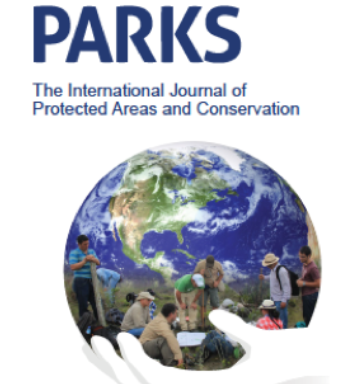First published on 07/11/2018, and last updated on 09/28/2018
Government: Hiltz et al., in their paper Disko Fan Conservation Area: A Canadian Case Study, provide an overview of interim guidance on OECMs developed by Fisheries and Oceans Canada (DFO) and consider the Disko Fan Conservation Area (a fishery closure in Canada’s Eastern Arctic). Gray et al., in their paper, assess two areas governed by Ontario Conservation Authorities (Canada) in the context of work by the Canadian Council on Ecological Areas and IUCN’s draft Guidelines on OECMs.
Private: Mitchell et al. compare private protected areas (PPAs) to OECMs on private land, clarify misconceptions and provide case studies for how Australia and South Africa are working through the application of these categories in the context of local, private land conservation mechanisms. Utomo and Walsh, in Hutan Harapan ecosystem restoration concession, Sumatra, Indonesia: a potential OECM? provide an overview of the innovative ‘Hutan Harapan’ ecosystem restoration concession where a private governance authority is managing designated production forests for conservation rather than exploitation.
Indigenous peoples and local communities: Cristina Eghenter analyses the applicability of OECMs to tana’ ulen (restricted forested land) conserved by the Dayak Kenyah people in the interior of Kalimantan, Indonesia. Focusing on Kenya, Mwamidi et al. examine territories and areas conserved by Indigenous peoples and local communities in northern Kenya and consider whether the areas fit the criteria to be recognised as OECMs.
Shared governance: Matallana-Tobon et al. explore three ‘Complementary Conservation Strategy’ case studies and analyse whether and to what degree these include elements related to OECMs. Finally, Waithaka and Warigia Njoroge, in The role of potential OECMs in safeguarding space for nature in Kenya: A case study of wildlife conservancies, provide an historical overview of land rights and ‘conservation’ in Kenya, describe ‘conservancies’ and report on a workshop held in 2017 that explored whether such conservancies are potential OECMs.
